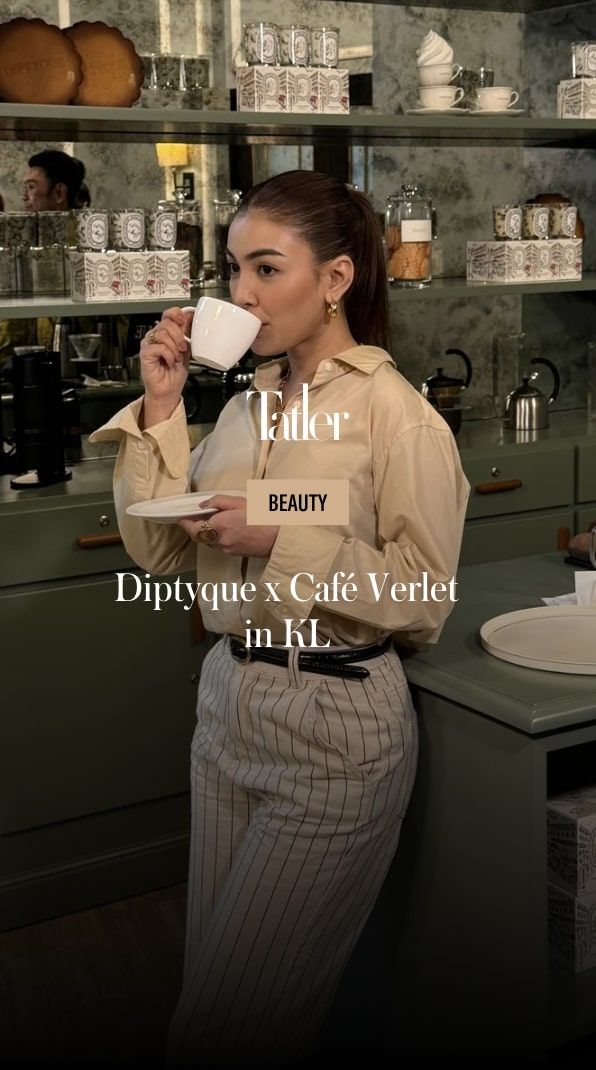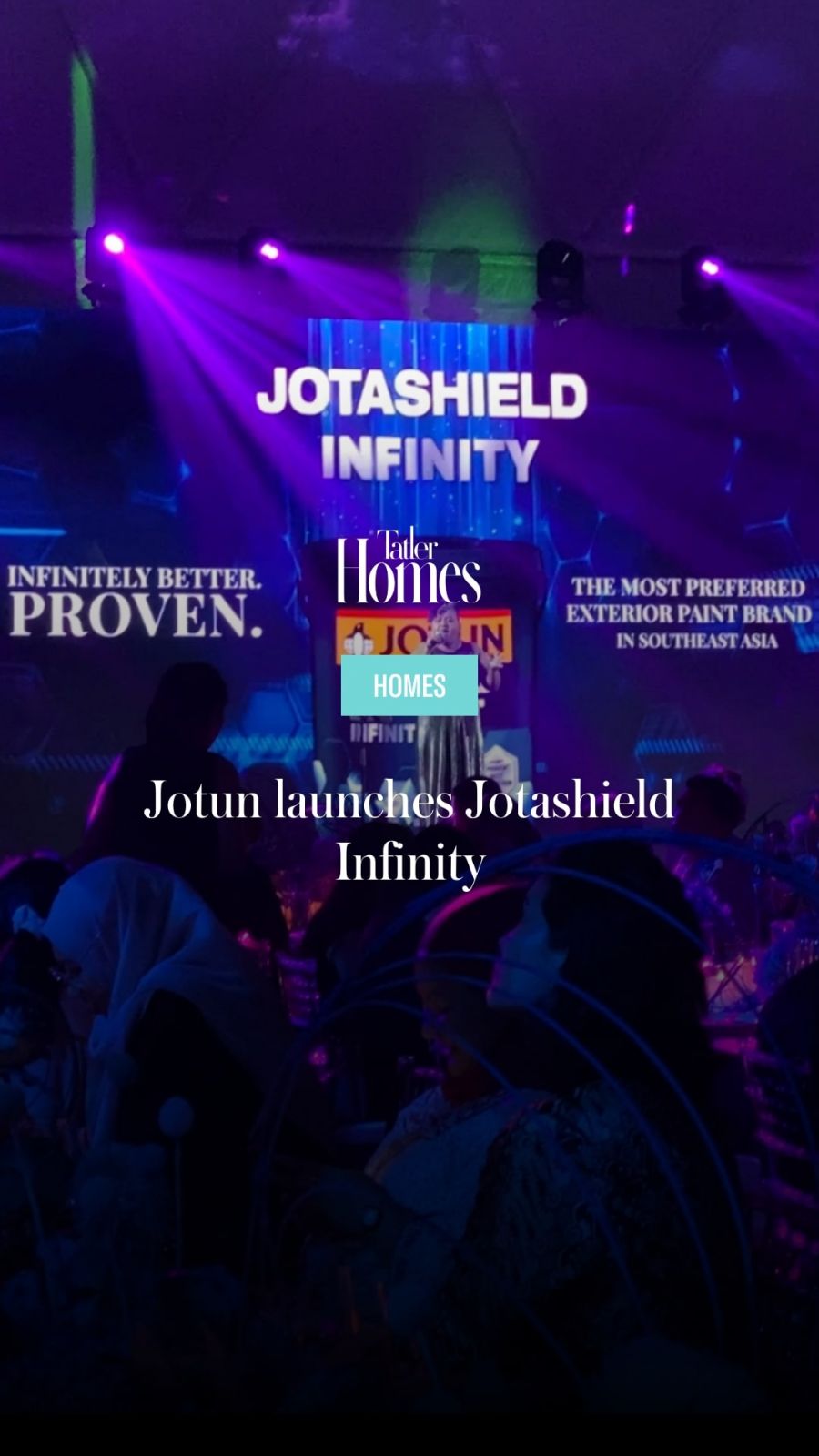Uncover the key elements that make mid-century design a perennial favourite in architecture and interior design even to this day
While mid-century design enjoyed its heyday from the 1930s to the 1960s, it continues to captivate designers and homeowners alike with its timeless appeal. Its clean lines, functional aesthetics, and organic elements resonate across generations, aligning with contemporary minimalist trends and eco-conscious sensibilities.
The enduring popularity of mid-century architecture stems from its adaptability to modern lifestyles, with open floor plans and multifunctional spaces that suit today’s flexible living requirements.
Read more: Home tour: A mid-century modern Palm Springs getaway with minimalist charm
Simultaneously, the streamlined forms of mid-century design work well in smaller urban dwellings, while its focus on quality craftsmanship offers a refreshing alternative to disposable furniture pieces, albeit with a hefty price tag and countless unofficial imitations from furniture brands.
See also: How Lego sets are reimagining home decor with nostalgic designs
Granted, mid-century design did experience a period of decline. Overexposure led to a loss of novelty, while changing aesthetic preferences and cultural shifts moved tastes in new directions.
Moreover, practical issues such as energy inefficiency deriving from experimental materials used at the time, and landscape maintenance challenges also contributed to its temporary fall from favour.




























